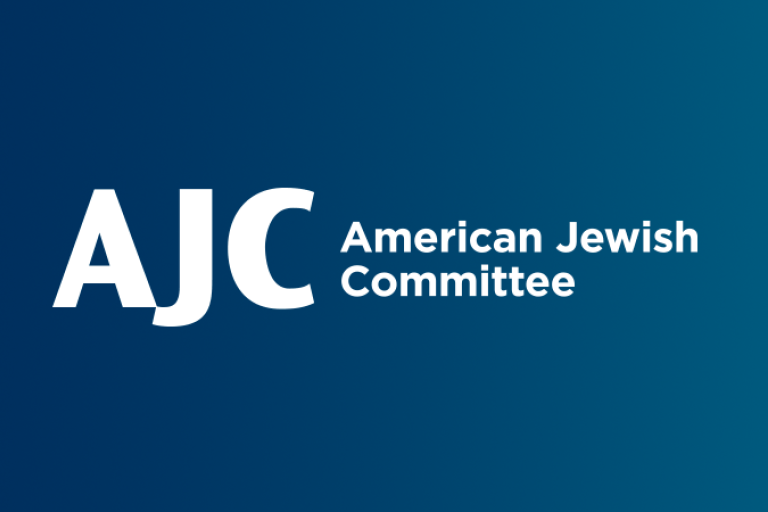October 30, 2019 — Washington, D.C.
This piece originally appeared in Washington Jewish Week
By WJW Editorial Board
Jews in America are afraid. Or at least they’re profoundly anxious about their security. Whereas stories of Jew-hatred and anti-Semitic violence were once upsetting memories of a distant past, today’s reality seems to be that American exceptionalism hasn’t snuffed out anti-Semitism. And in the past few years, things have gotten worse.
A new poll by the American Jewish Committee reflects this disquieting unease. “Nearly nine in 10 American Jews say anti-Semitism is a problem in U.S.” read one headline. “Fearing for Their Safety, One-third of U.S. Jews Say Shun Stars of David and Skullcaps,” read another. Our community is acting as if it is under siege.
It’s easy to understand why. A year after a man espousing anti-Semitic and anti-immigrant beliefs opened fire in Tree of Life Synagogue in Pittsburgh, barely a day goes by without a report of a Jew being beaten up, Jewish gravestones desecrated or synagogues defaced with swastikas, anti-Israel rhetoric and other signs of hate.
Last week, the ADL reported that in the year since the Tree of Life shootings, at least 12 white supremacists have been arrested for their alleged roles in terrorist plots, attacks or threats against the Jewish community. We’re grateful for these arrests, but the frightening drumbeat of hate, violence and potential violence tells us that something is deeply wrong.
Where is this Jew-hatred coming from? Right-wingers blame the far left; left-wingers blame the far right. But the AJC survey finds that the extreme political right is a far more serious threat to Jews than the extreme political left. Is that a correct reading of our experience?
According to another survey released last week by Media Matters, a watchdog that largely monitors right-wing media, “the majority of news coverage of anti-Semitism during the past year has spotlighted left-wing rhetoric as opposed to right-wing actions.”
That finding is surprising, given what we know about the mass shootings in Pittsburgh and Poway, and several other well-covered incidents. Yet from a purely statistical perspective, only 44 percent of the past year’s coverage of anti-Semitism was about the political right. How does that compute? We suspect that the disconnect is related to the intense media coverage of Democratic Reps. Ilhan Omar (Minn.) and Rashida Tlaib (Mich.), who became lightning rods for accusations of anti-Semitism. And the spilled ink on the “anti-Squad” campaign seems to have affected the statistical calculation.
While we don’t agree with many of Omar and Tlaib’s policy positions or much of their rhetoric — particularly as they relate to Israel and our community — we suggest that one really needs to look elsewhere to find real threats in their words to the safety of Jews in this country. So maybe we should take the interpretive results with a grain of salt, even as we recognize a growing anti-Semitic reality.
